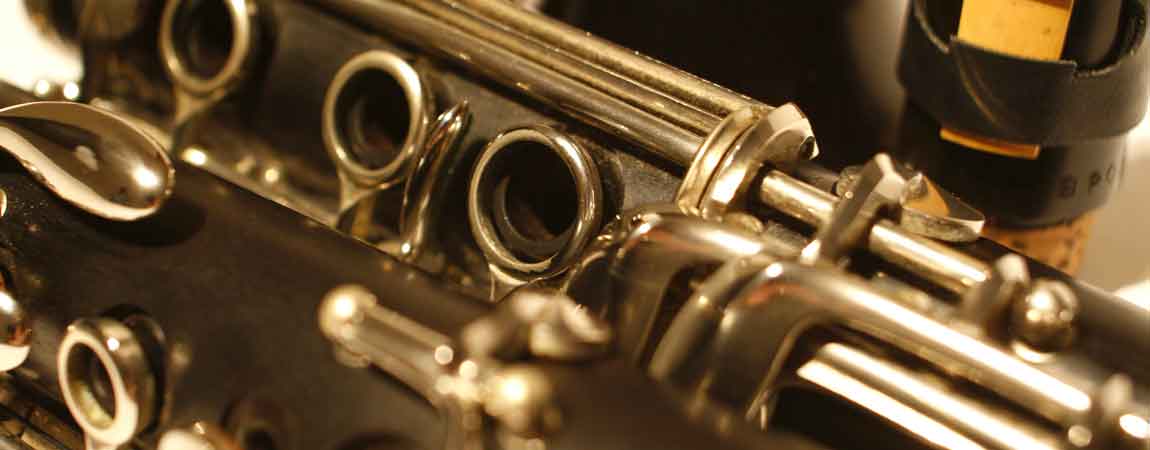Teaching woodwind players about how to clean and maintain their instruments is one topic that is incredibly important but also one that is often overlooked or given only a token mention during the first few lessons. Dr. Bret Pimentel, Associate Professor of Music at Delta State University in Cleveland, MS is the author of the new book, Woodwind Basics: Core concepts for playing and teaching flute, oboe, clarinet, bassoon, and saxophone. Says Pimentel, “Woodwind instruments get damp inside from your breath when you play. That moisture can cause a variety of problems. For one thing, it gets very germy in there, and after a while it can start to smell bad or even make you sick. But the moisture can also damage your instrument. A little effort keeping the instrument clean and dry lets it play its best and saves money on trips to the repair shop.”
From the very first day Pimentel tries to instill the importance of cleaning their instrument on a regular basis, “With beginners I try to set the expectation that the instrument gets cleaned out every time you play it, no matter what. I also try to set a good example--at the end of a lesson, we both clean out our instruments together.” But even those student who develop a good cleaning routine may cheat a bit by trying to leave their reed attached to the mouthpiece. “Leaving a clarinet or saxophone reed on the mouthpiece can shorten the reed's life and create a germy situation right where you put your mouth. Get an inexpensive reed case to keep your reeds in, so they can dry flat and evenly. (The little plastic or cardboard sleeves that reeds are sold in don't do a good job!) Shake any excess moisture out of the mouthpiece, and store it in the mouthpiece slot in your case, with the ligature and mouthpiece cap on it.”
 When cleaning the bore of the instrument the most basic necessity is a good cleaning swab. “For reed instruments, the swab should be one that is made for that instrument (don't use a clarinet swab to clean out an oboe!) and free of tangles and damage so that it doesn't get stuck. My favorite ones are made of silk. They cost a little bit more but are very absorbent and less likely to get stuck. For flute, you need a cleaning rod (often a new flute already has one in the case) and a strip of fabric around 3 inches wide and 20 inches long. This can be cut from an old soft bed sheet or some other fabric that is absorbent and not stretchy.”
When cleaning the bore of the instrument the most basic necessity is a good cleaning swab. “For reed instruments, the swab should be one that is made for that instrument (don't use a clarinet swab to clean out an oboe!) and free of tangles and damage so that it doesn't get stuck. My favorite ones are made of silk. They cost a little bit more but are very absorbent and less likely to get stuck. For flute, you need a cleaning rod (often a new flute already has one in the case) and a strip of fabric around 3 inches wide and 20 inches long. This can be cut from an old soft bed sheet or some other fabric that is absorbent and not stretchy.”
For some instruments cleaning the smaller openings can lead to problems. Says Pimentel, “For some of the smaller woodwinds, especially oboes, swabs can sometimes get really unbelievably stuck. If this happens to you, don't get crazy ideas about screwdrivers or electric drills. Take the instrument to a repair shop so they can remove it without causing serious damage.”
This article originally appeared in NAfME's Teaching Music Magazine. It is reposted here under agreement with NAfME by the original author. For reprint permissions please contact NAfME.
NOTE: This website occasionally provides affiliate links to products on Amazon.com and other vendors. MusicEdMagic may receive a small commission for any purchases made through these links.


